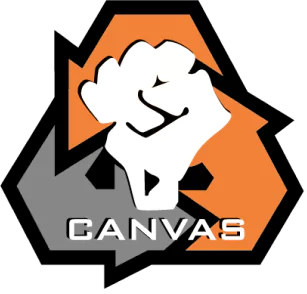Jun 1, 2019-2019
Hong Kong
Long March/ Mass Rally in Hong Kong
Share
ACTIVISTS/ACT.GROUPS/DESCRIPTION OF THE GROUP
Civil Human Rights Front
TARGET
Chinese Government
WIDELY HELD BELIEF
People have right to protest and raise their voices against oppressive govt.
CASE NARRATIVE
Issue and Opposition: In 1842, the Qing Dynasty of China suffered defeat at the hands of the British in the First Opium War. As a result of this defeat, China was forced to give up Hong Kong to the British Crown. Hong Kong remained a British colony until 1997 after which it was handed over to China by the British as a special administrative region. China promised to manage Hong Kong within a “one country, two systems” framework allowing Hong Kong to maintain considerable autonomy. The concept of “one country, two systems” emerged in the 1980s to support the Chinese plan of reunifying three territories to its mainland. Apart from Hong Kong, the other two were Taiwan and Macau. Adhering to the unification plan, Portugal handed over Macau to China in 1999. Taiwan continues as a disputed region refusing to cede to mainland China. Hong Kong’s special administrative status implies that it has the right to foster its external relations with sovereign nations in different aspects including trade and tourism and that its citizens and Press have freedom of expression, assembly, and religion. Although China manages the defense and diplomacy for Hong Kong, the region is protected by international law. Over the years, China has made every possible attempt to enhance its influence over Hong Kong leading to protests and demonstrations by the Hong Kong residents. In retaliation, China has tightened its grip over the region and harassed, assaulted, arrested, and tortured the dissenters. The incident that inspired this particular dilemma action was an extradition bill that would allow China to extradite the dissenters from Hong Kong to the mainland thus bringing them under complete control of Chinese law and order. Protesters from Hong Kong strongly protested against the Chinese government demanding this bill be scrapped. This demand was conflated with the demands of Hong Kongers for full democracy in their region. The activists’ broader demands included free and fair universal suffrage in the region, third-party investigation into Chinese law enforcement brutalities meted out to the protesters, and pardon for all political prisoners from the region held by China. The activists also demanded that China should stop labeling Hong Kong protests as riots and not begin enforcing law and order in the region using that as a pretext.
Dilemma Action: An estimated 800,000 Hong Kong residents gathered in a mass rally and participated in a peaceful long march through the streets of Hong Kong. In 2019, when this action took place, China had not imposed any law against mass gatherings or assemblies. However, the oppressive Chinese regime banned gatherings that criticized China, called even peaceful gatherings and rallies riots, and used various coercive methods to arrest and assault the protesters.
Outcome: The protests against the Chinese extradition bill were successful. On September 4, 2019, Chinese leader Carrie Lam eventually said the bill would be suspended indefinitely. On September 23, China formally withdrew the extradition bill. However, the other demands of the protesters were not met. Although the concession marked a victory for the protesters on at least one issue, their jubilation was short-lived. On June 30, 2020, China imposed the National Security Law on Hong Kong. This law restricted all kinds of dissent or actions against the Chinese government.
PRIMARY STRUGGLE/GOAL
NONVIOLENT TACTICS USED
DA TACTICS USED
Assemblies of protest or support
CASE NARRATIVE WRITER
SUCCESS METRICS
10 / 12
(CONC) Concessions were made
(EREP) Dilemma action got replicated by other movements
(MC) Media Coverage
(MSYMP) Media coverage was sympathetic to the activists
(OR) Opponent response
(PS) Dilemma action built sympathy with the public
(PUN) Punishment favored the activists
(REFR) Dilemma action reframed the narrative of the opponent
(RF) Dilemma action reduced fear and/or apathy among the activists
(SA) Dilemma action appealed to a broad segment of the public
PART OF A LARGER CAMPAIGN
3 / 3
Activist group continued working together after the action
Encouraged more participants to join the movement
Internally replicated by the same movement
RESOURCES
Project documentation
Dilemma Actions Coding Guidebook
Case study documentation
Dilemma_Actions_Analysis_Dataset
SOURCES
BBC News. 2019. “The Hong Kong protests explained in 100 and 500 words,” Retrieved July 23, 2023. (https://www.bbc.com/news/world-asia-china-49317695).
Griffiths, James. 2019. “Hong Kong protesters keep up pressure with mass march,” CNN World. Retrieved July 23, 2023. (https://www.cnn.com/2019/12/08/asia/hong-kong-protest-march-intl-hnk/index.html).
Ramzy, Austin. 2019. “Hong Kong Protesters Defy Police Ban in Show of Strength After Tumult,” The New York Times. Retrieved July 23, 2023. (https://www.nytimes.com/2019/08/18/world/asia/hong-kong-protest.html).
Related cases
Jun 1, 2015-2015
United States of America
In drought-ravaged California, producing one pound of beef requires 1,799 gallons of water. The scale of industrialized beef’s water usage is unsustainable in a ...
/
Aug 16, 1992-1992
Brazil
On May 10, 1992, President Collor’s brother revealed Fernando Collor’s involvement in a peddling scheme during a magazine interview. On August 16, Presiden...
/
Aug 5, 2005-2005
United States of America
Cindy Sheehan is from Vacaville, California. Her son Casey Sheehan was killed in Baghdad’s Sadr City on April 4, 2004. Shortly after her son died in Iraq, Sheehan co-f...
/
Subscribe to our newsletters to get full access to all materials on our website.

